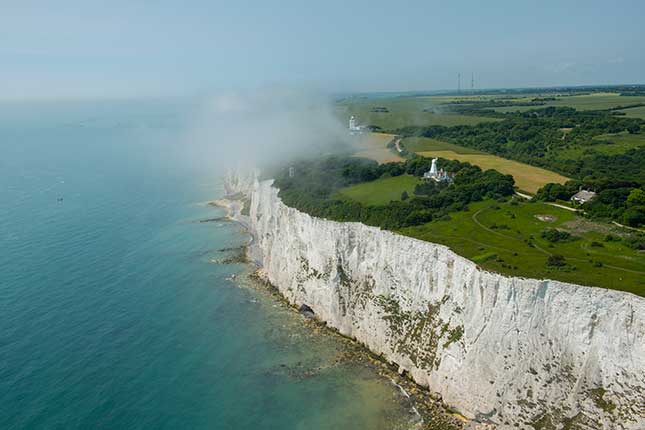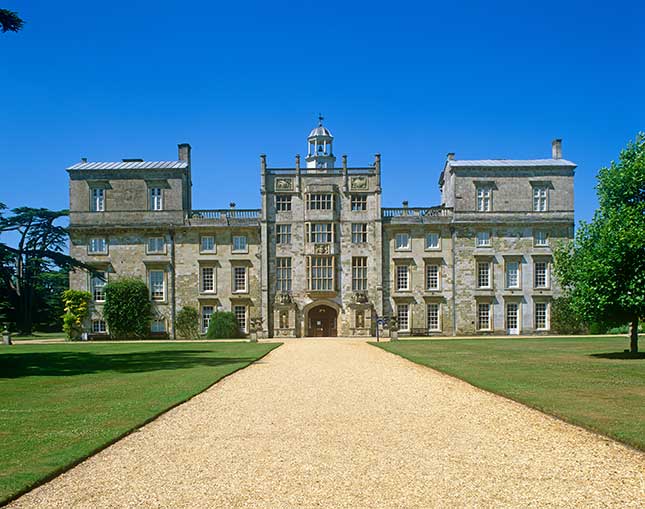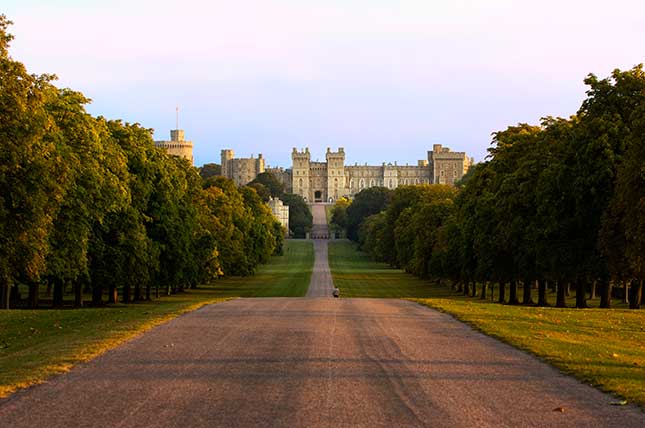
Chris Fautley explores Shakespeare’s Britain – the places mentioned in his plays – and separates fact from fiction.

“A horse! A horse! My kingdom for a horse!” Shakespeare could hardly have known for sure whether King Richard III really did utter those words at Bosworth Field when he included them in his play, Richard III.
The battle, Richard’s doomed swansong fought south of Market Bosworth in Leicestershire, was real enough. However, in the confusion of conflict, accuracy is harder to come by: Shakespeare does not help (not least through his favouritism towards Henry). For example, contemporary accounts suggest that Richard’s crown was found in a thorn bush; Shakespeare, however, has Stanley seize it
“… from the dead temples of this bloody wretch”.
What we do know, though, is that at the time of the battle in 1485, the battlefield was open land with a hint of marsh. It’s little changed, the only modern intrusions being the Ashby-de-la-Zouch Canal and the appropriately named Battlefield Line heritage railway.

Perhaps Shakespeare merely exercised a little journalistic licence: after all, why let the facts get in the way of a good story? Thus in Macbeth: the real Macbeth was never Thane of Glamis, nor Cawdor for that matter. As for Cawdor Castle, Shakespeare didn’t even mention it: the mere passage of time has been sufficient to establish a tradition that Macbeth is associated with it – even if it was built three hundred years after his death.
Neither did Macbeth murder Duncan in his bed at Inverness Castle, as Shakespeare would have us believe – he killed him in battle, probably near Elgin. Inverness could never have been Macbeth’s home, anyhow: the earliest defensive structure on the site dates from 1057, the year he died; the building that we see today is 19th century.
It appears unlikely that Shakespeare visited all the locations referenced in his works, although he had a good knowledge of many. For the rest, Shakespeare’s Britain is probably the Bard letting his imagination do the talking.
“Out, damned spot!” Lady Macbeth would have been more than a little chilly if she had uttered those anguished words at the real Dunsinane Castle; it was never more than an ancient hill fort northeast of Perth. Lovers of witchery goings-on will, however, be pleased to learn that, 12 miles northwest of Dunsinane Hill, Birnam Wood is very real indeed.
Neither was there anything fictitious about Flint Castle, the Gloucester Wolds and London’s Westminster Hall, all of which feature in Richard II. Yet surprisingly the Stratford-upon-Avon area, where Shakespeare was born and lived much of his life, seldom appears in his work – one rare mention being afforded to a variation of the spelling of Wilmcote (the birthplace of his mother) in The Taming of the Shrew. “Ask Marian Hacket, the fat ale-wife of Wincot,” implored Christopher Sly, the tinker.

The business end of Shakespeare’s work was, of course, in London. Bankside, for example, was the 17th-century equivalent of today’s West End. There were bear pits, brothels and theatres, including The Globe. These days, the tradition of entertainment remains – not least through the re-creation of Shakespeare’s Globe, and the conversion of a power station into the Tate Modern.
Shakespeare probably knew the capital better than anywhere else. In Henry VI Part II, for example, Jack Cade passes through Southwark, where Shakespeare’s play alludes to the White Hart (which also features in Charles Dickens’ The Pickwick Papers) being Cade’s headquarters – as it really was. It was demolished in 1889.
On his way to Smithfield, Cade passes along Cannon Street where he strikes his staff on London Stone. Set against the wall of No 111, it is believed to have been there since the 12th century, and may originally have been a Roman marker.
The play also rather gives the impression that the principal skirmish of Cade’s revolt was in Smithfield. In reality, there was unrest across the Square Mile. And Cade’s demise, according to the Bard, was in the garden of Alexander Iden, Sheriff of Kent. Not so: Iden pursued him to Heathfield in East Sussex, where he was mortally wounded. The task of identifying the body befell the innkeeper’s wife at the White Hart in Southwark.
Some locations in Shakespeare’s works are vague (“a street” is a favourite), while others are more specific, such as Eastcheap in the City – more specifically the Boar’s Head Tavern which, under the watchful eye of Mistress Quickly, its hostess, appears in Henry IV Part I and Henry IV Part II. Here, Falstaff and his associates met. It was one of the City’s largest inns, but was pulled down during the 19th century. In a similar vein, the Jerusalem Chamber in Westminster Abbey is where the King, the Duke of Clarence and Humphrey of Gloucester meet towards the end of Part II.

Legend has it that Shakespeare acted in Twelfth Night at Middle Temple Hall; it is still a meeting place for Bench and Bar. He is also reputed to have appeared in As You Like It, at Wilton House, in Salisbury. One of England’s treasure houses, it has fared better than the Forest of Arden in which much of the play is set. It was one of the great ancient forests (its boundary was close to Stratford-upon-Avon), but only a few areas of woodland remain.
While London plays an important role in the Henry IV plays, scenes in Part I are set in, among other places, Bangor, at the archdeacon’s house (Bangor has had an archdeacon since the 12th century) and near Shrewsbury where royalists and rebels had camps.
In Kent, meanwhile, matters become a little more complicated. It was at Gadshill, near Rochester, that Falstaff plotted robbery – having first encountered Gadshill (the person). Gad’s Hill Place, meanwhile, a fine 18th-century brick house, was later the home of another literary legend: Charles Dickens.
In Henry IV Part II, scenes are set at Warkworth Castle and the Archbishop of York’s Palace, the latter of which would have looked a little different in Shakespeare’s time, the final phase of construction not being completed until the mid-18th century.
The Bard was seldom more in his element than when setting action in battles. Amid alarums and excursions, the Battles of Towton, Wakefield, Barnet and Tewkesbury all feature in Henry VI, Part III. For the most part, the battlefields are still open country, although at Tewkesbury some has been swallowed by modern development.

Life was altogether more peaceful for Mistress Ford and Mistress Page, The Merry Wives of Windsor, as they mischievously plotted against Falstaff in Windsor Great Park. Herne’s Oak, where Falstaff told Mistress Ford’s husband he would “see wonders,” fell in 1863, although by then it had long been dead. Meanwhile, in the town of Windsor, the Garter Inn (now demolished), setting for early scenes, did indeed exist. Samuel Pepys knew it, and visited.
Windsor Castle also receives a mention, as it does in Richard II. It has certainly fared better than Flint Castle from where the captured Richard was taken, in fact and literature, to London. Although then intact, it was left to ruin after the Civil War.
Finally, honourable mention must be afforded to one of Britain’s most iconic landmarks – the White Cliffs of Dover. In King Lear, Gloucester and Edgar peer down from the cliff edge: “How fearful and dizzy ’tis to cast one’s eyes so low… Half way down hangs one that gathers samphire, dreadful trade!”
These days, they needn’t be dizzy; they can stand a quarter of a mile “out to sea” and look at the cliffs from there. Because this is where 5.35 million cubic yards of spoil from the Channel Tunnel was dumped and landscaped into a nature reserve. It’s called Samphire Hoe, something even Shakespeare couldn’t have dreamed up.





 © 2024
© 2024